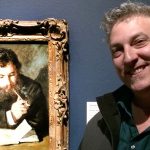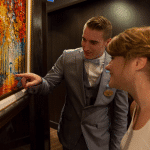5 Fascinating Things You May Not Know About Joan Miró
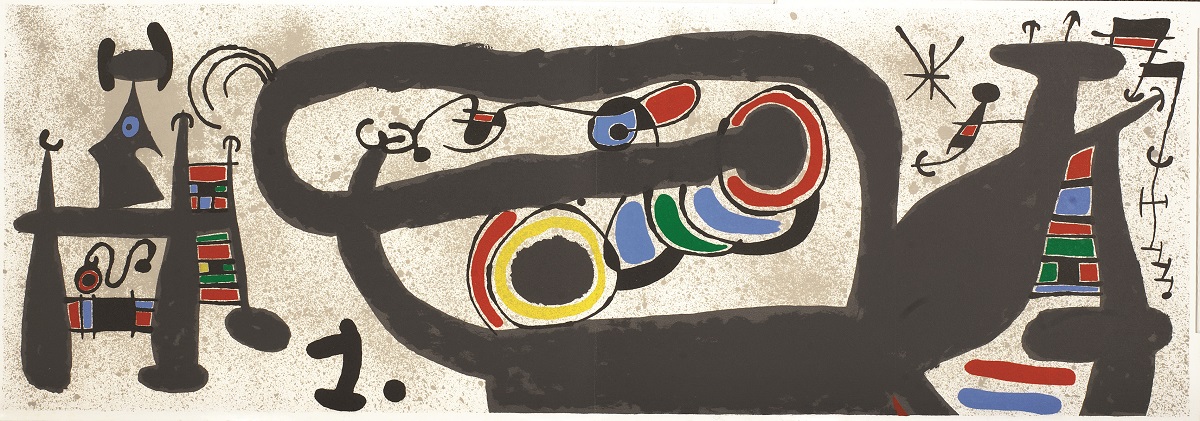
“Le Lezard aux Plumes d’or II” (1971), Joan Miró
Few artists have had an impact on Modern Art like Joan Miró.
Beginning his career in Spain in the early 20th century, Miró defied the art world with his groundbreaking, nonrepresentational artwork, pushing the boundaries of abstraction into its current form.
Park West Museum in Southfield, Michigan has a gallery devoted to Miró, featuring some extraordinary examples of the artist’s graphic works. Patrons love Miró’s bright colors and playful shapes, but the museum also strives to stress Miró’s important role in the history of Modern Art.
If you interested in learning more about one of Spain’s greatest artists, we present these five incredible facts that you may not know about Joan Miró.
1. The family name “Miró” has an unfortunate history in Spain.
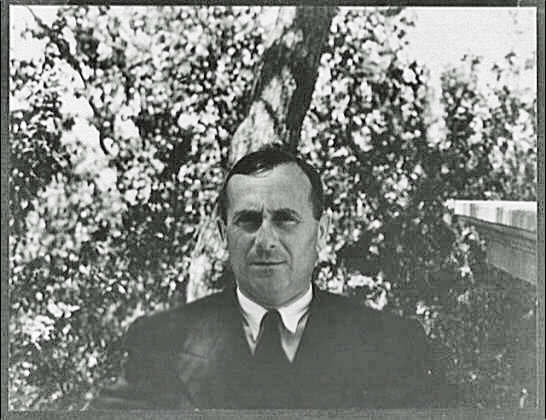
Joan Miró (1935). Courtesy of Wiki Commons/Library of Congress.
In Miró’s home country of Spain, the surname “Miró” indicates Jewish heritage. Jewish communities in Spain were persecuted during the long and bloody Spanish Inquisition, and that prejudice extended even throughout the 20th century.
According to a 2011 New York Times article, there was a popular schoolyard rhyme in Majorca during the 1960s, which mocked “the surnames of 15 families targeted by the Inquisition.” One of those shunned family names? Miró.
2. Joan Miró was an accountant until fate intervened.

The Joan Miró Gallery at Park West Museum
Miró’s parents originally wanted him to have a career in finance, so, after spending three years at business school, he secured a job as an accounting clerk. Miró did not react well to the office environment and suffered what was referred to as a “nervous breakdown.”
This episode was quickly followed by Miró contracting typhoid fever, and he was sent to recover at his family’s summer home in Mont-roig del Camp. While he recuperated, Miró passed the time by pursuing his true passion—painting. Following his full recovery, Miró abandoned his accounting career and enrolled in art school.
3. Ernest Hemingway was an early champion of Joan Miró.

The Joan Miró Gallery at Park West Museum
Miró and author Ernest Hemingway were good friends. Miró often boxed with Hemingway and even invited the author to stay at Mont-roig del Camp. It was at Mont-roig where Miró would paint “The Farm,” a modernist oil painting that is considered to be one of the earliest, yet most pivotal works of Miró’s career. Hemingway bought the painting as a birthday present for his wife, Hadley.
When discussing the artistic significance of “The Farm,” Hemingway wrote the following in 1934: “After Miró had painted ‘The Farm’ and after James Joyce had written ‘Ulysses’ they had a right to expect people to trust the further things they did even when the people did not understand them.”
4. One of Miró’s works was destroyed by the September 11 attacks.

The Joan Miró Gallery at Park West Museum
In 1974, Miró created an original tapestry for New York City’s World Trade Center. It was made from wool and hemp, measuring 20 feet by 35 feet. Miró’s “World Trade Center Tapestry”—which hung in the lobby of 2 World Trade Center (the South Tower)—is considered to be one of the most valuable works of art destroyed during the terrorist attacks of September 11, 2001.
5. Joan Miró paintings are extremely popular at auctions.
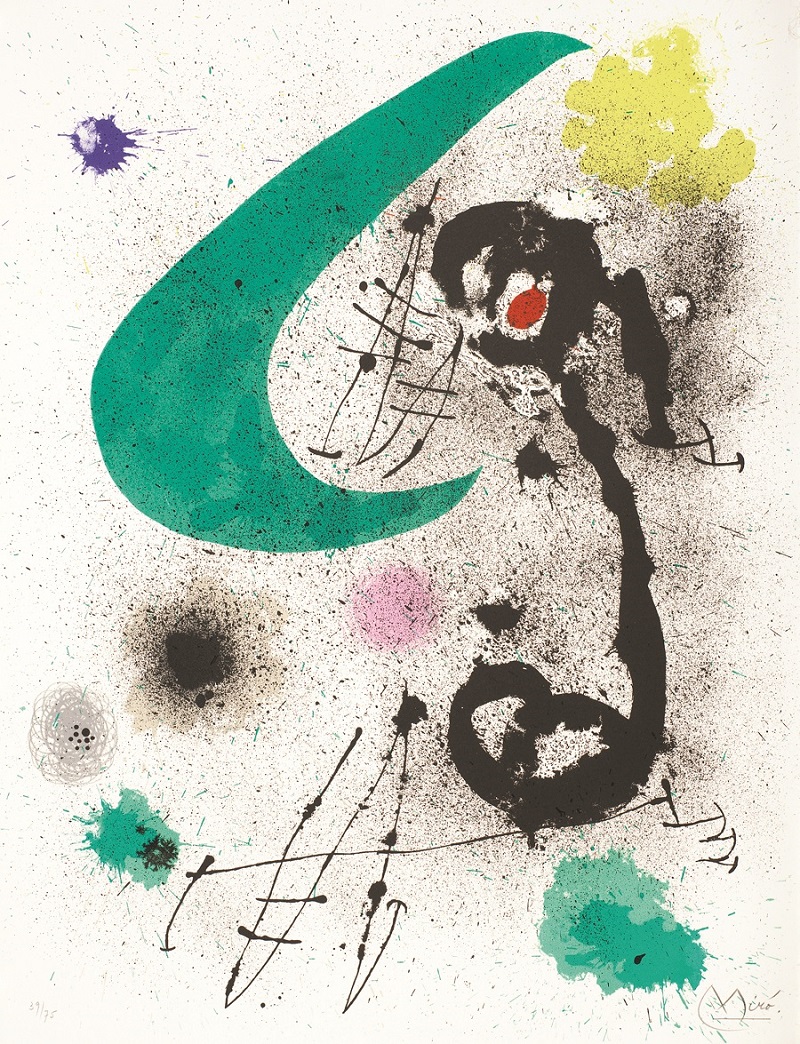
“Migratory Bird I” (1970), Joan Miró
In June 2012, Miró’s “Peinture (Eroile Bleu)” set a new auction record for a Miró when it sold for more than $37 million in London. This shattered the record set in February 2012 of $22 million for Miró’s “Painting-Poem.” In a 2015 ArtNet article, it was noted that: “To date, more than 17 Miró works have sold above $10 million each at auction, and 47 works have sold for more than $5 million each.”
Park West Museum is open Monday through Saturday from 10 a.m. to 6 p.m. and Sunday from 11 a.m. to 5 p.m. The gallery and museum are located at 29469 Northwestern Highway, Southfield, Michigan 48034.
To collect the artwork of Joan Miró, attend one of our exciting online auctions or contact our gallery consultants at (800) 521-9654 ext. 4 during business hours or sales@parkwestgallery.com.
RELATED LINKS:




